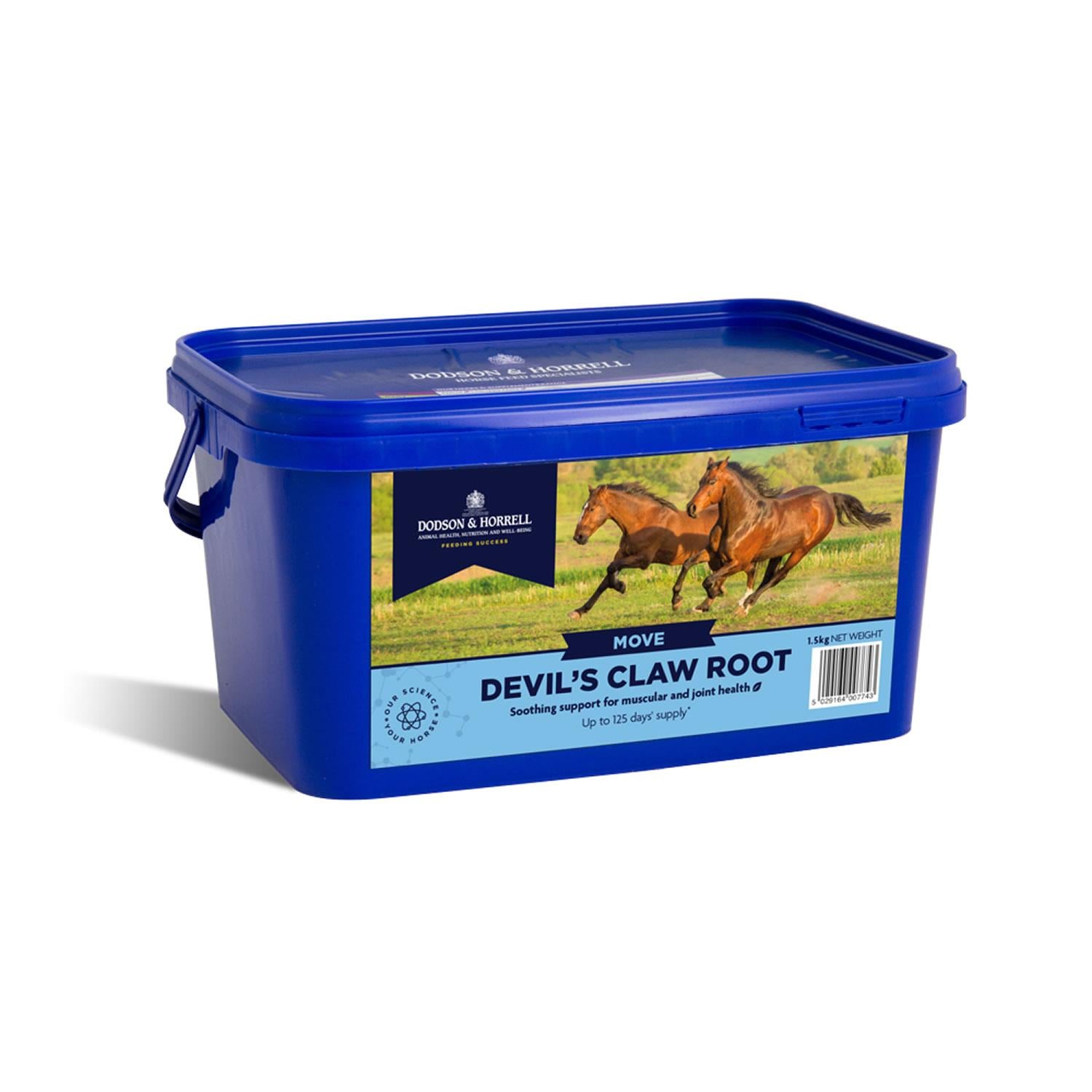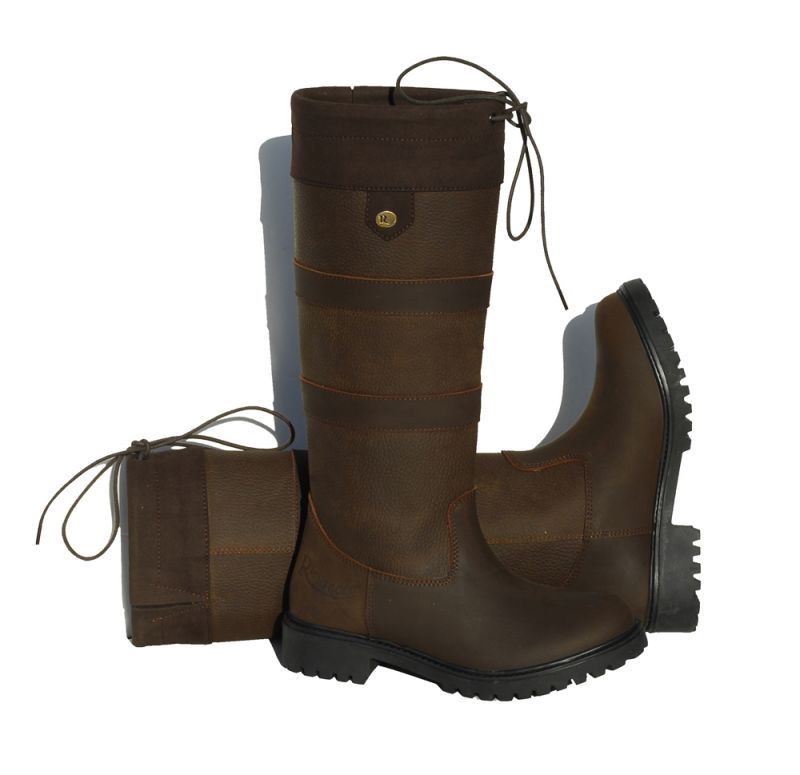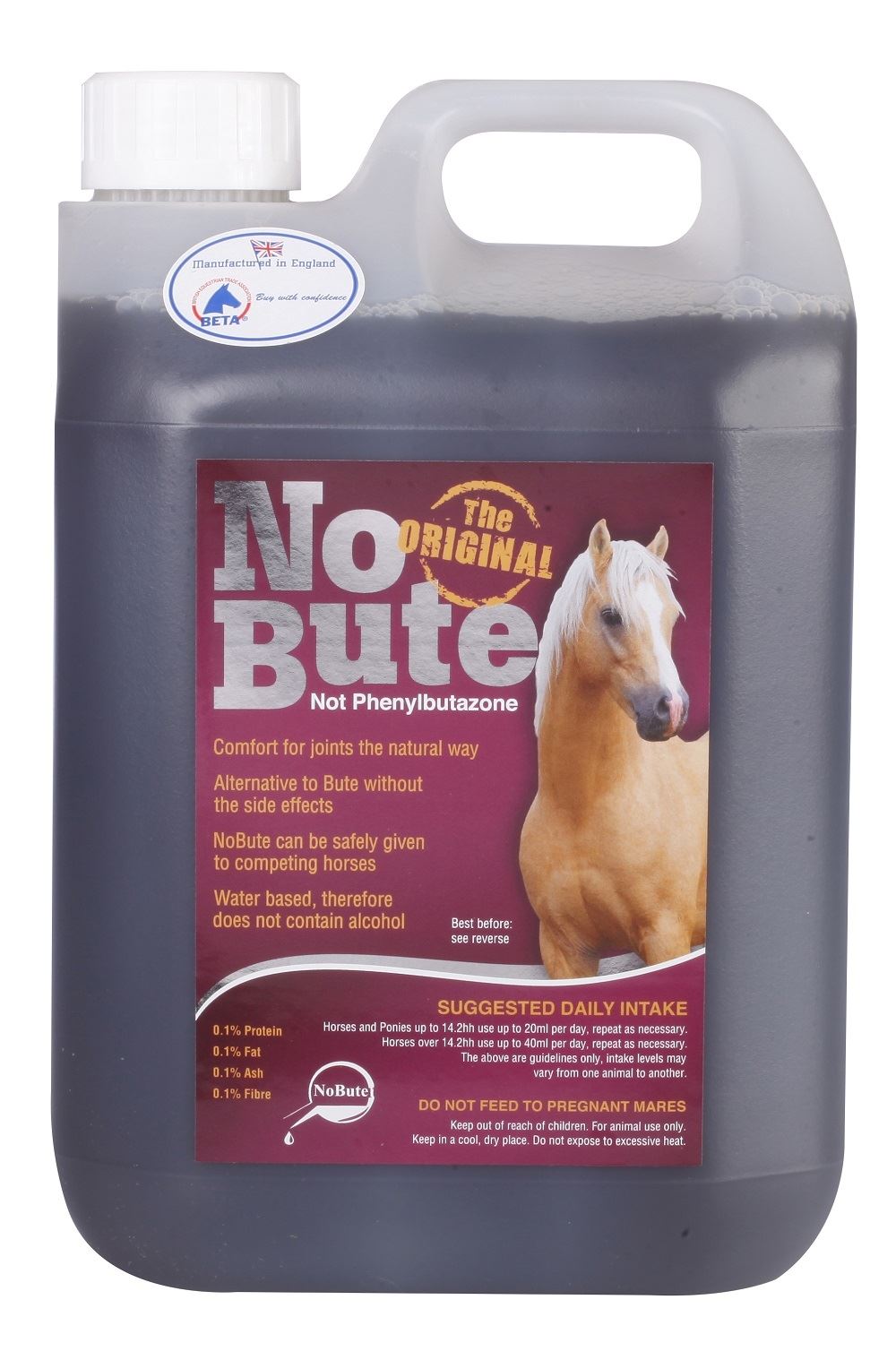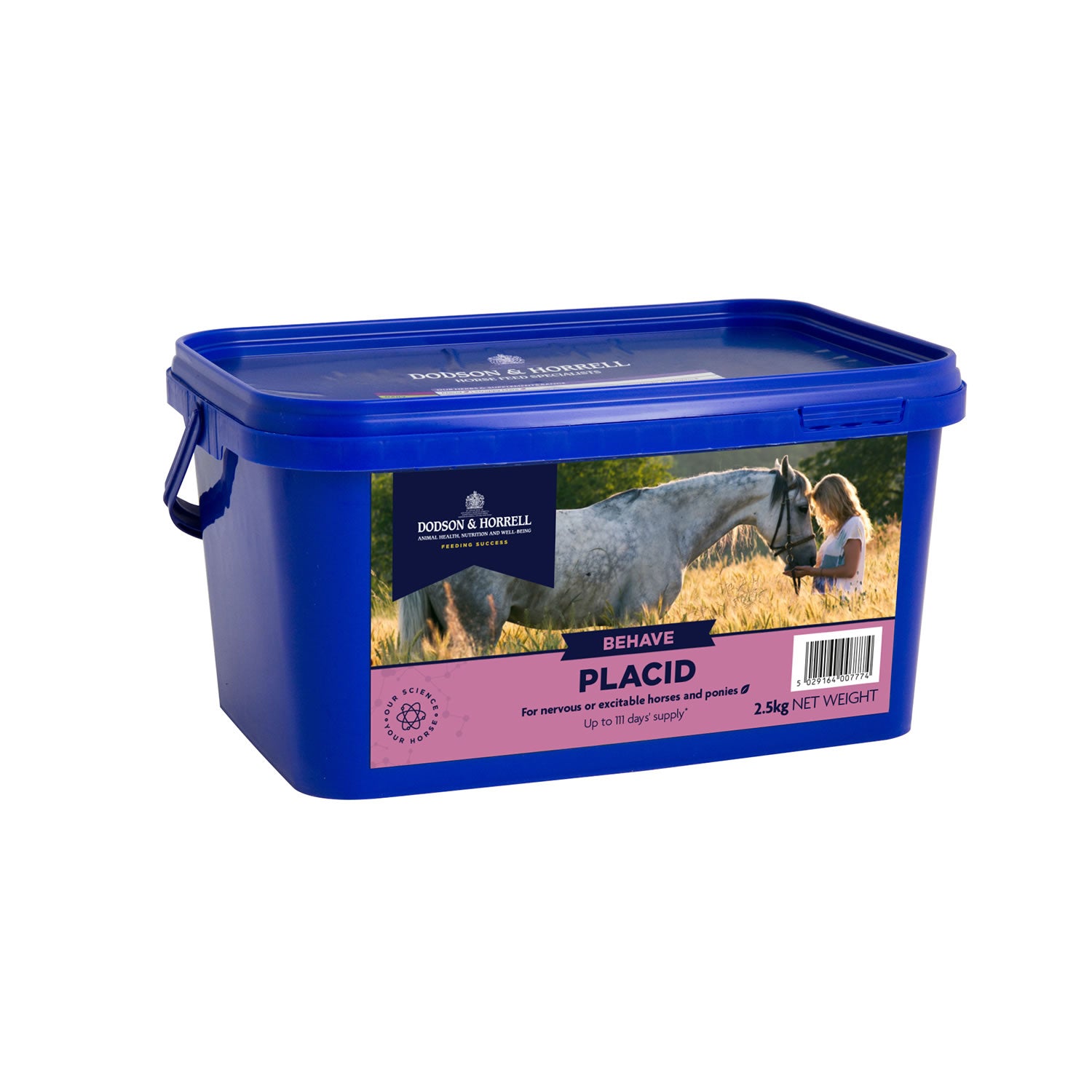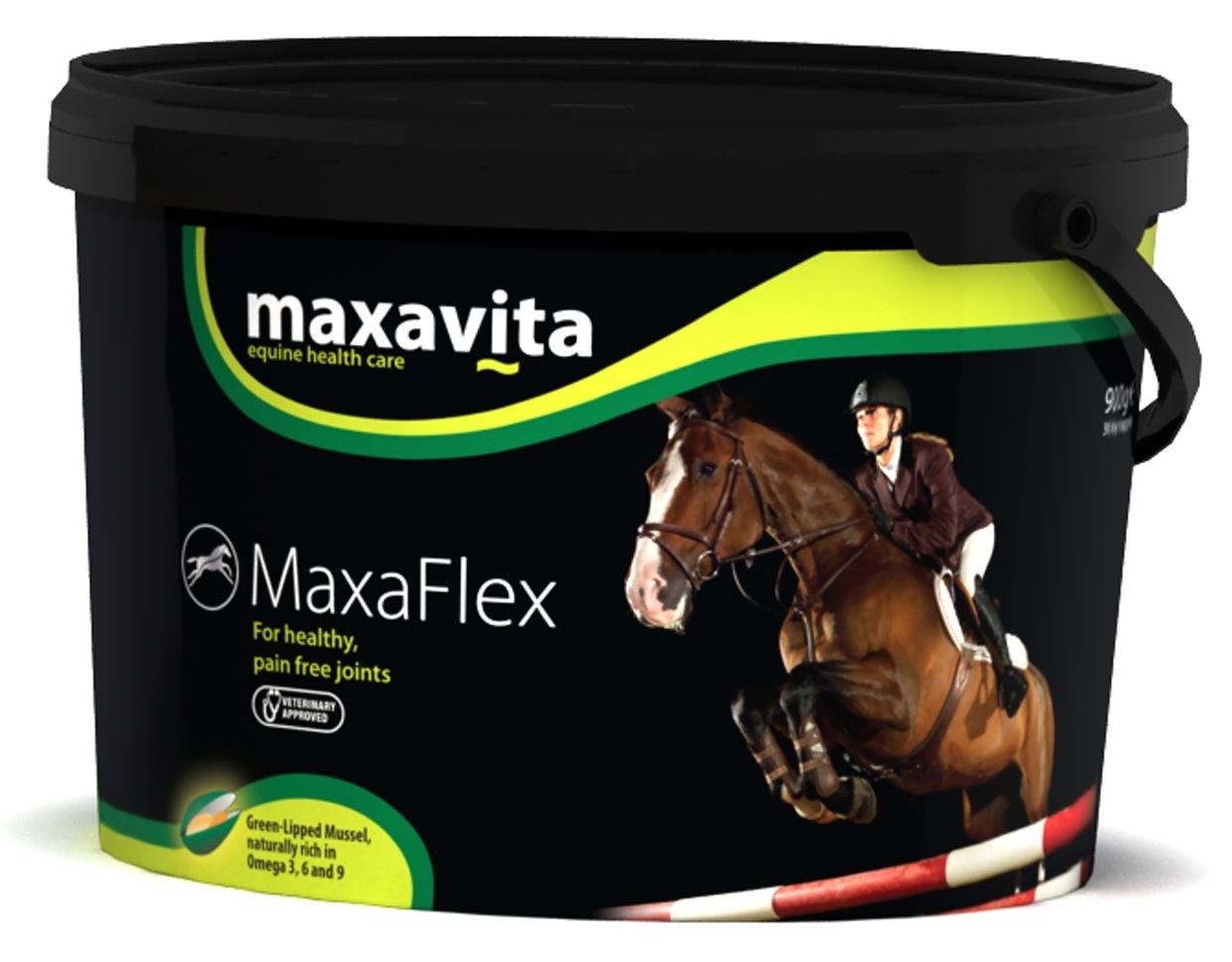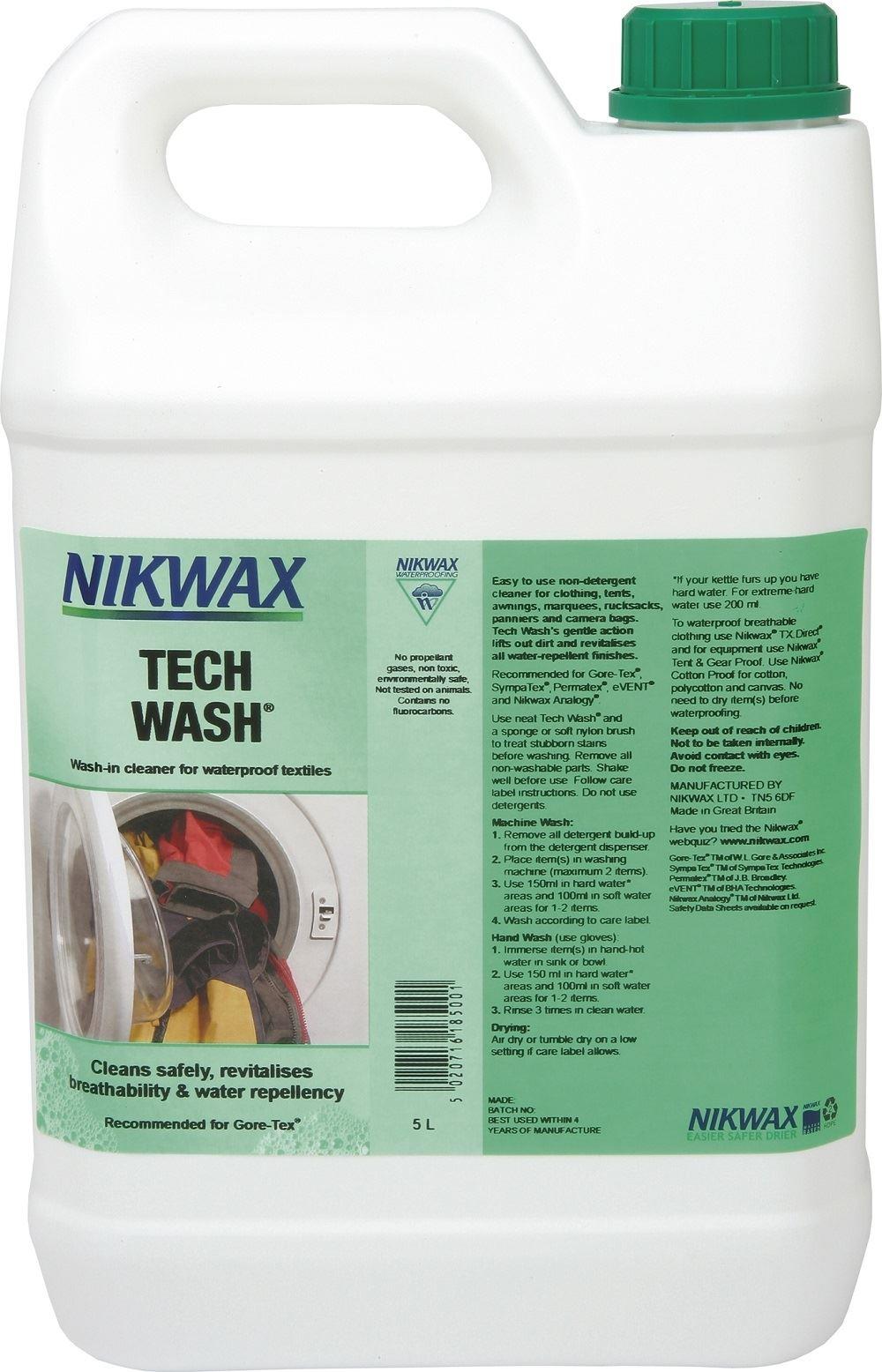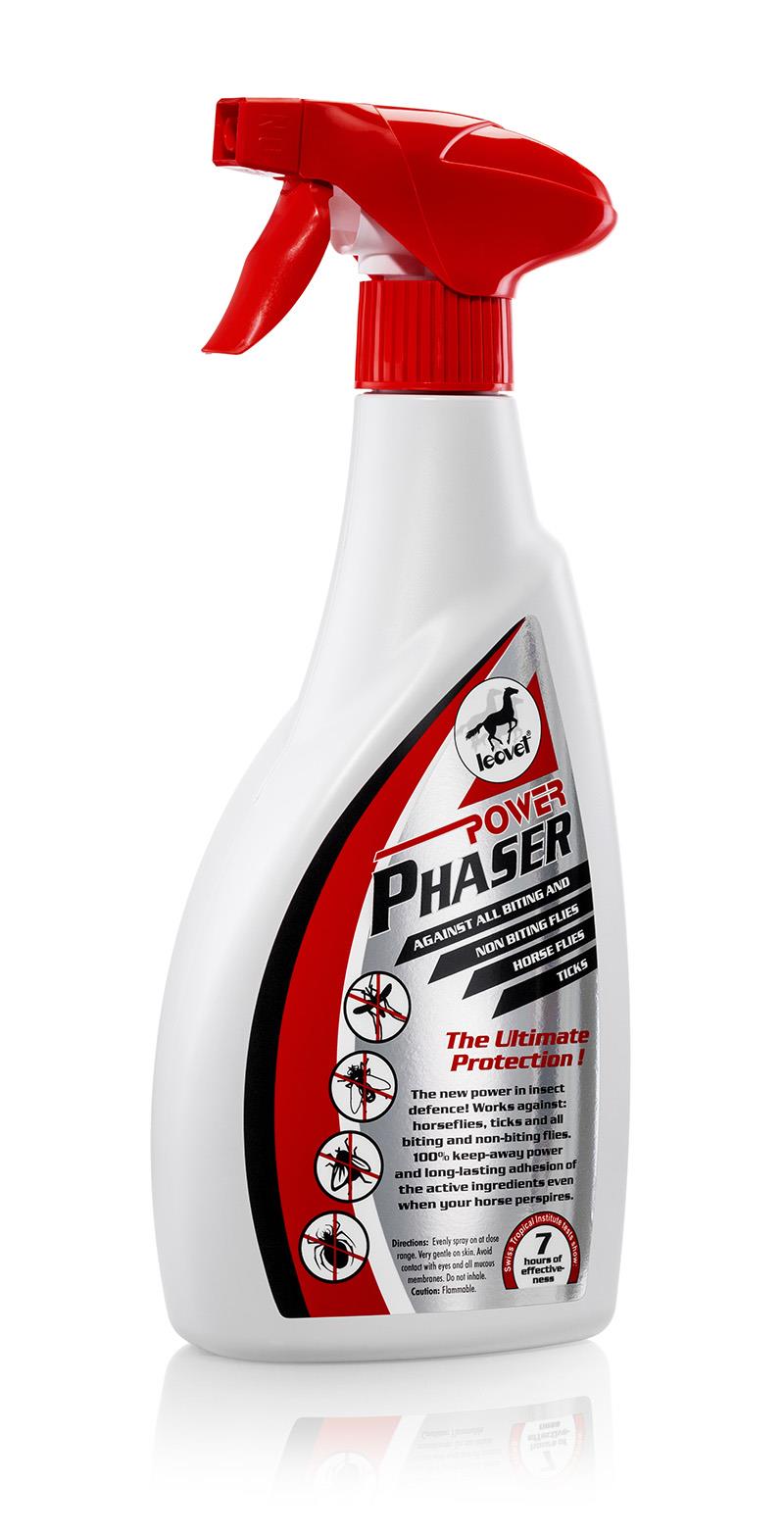Understanding Anthelmintic Treatment Failure in Equine Tapeworms
Equine health management poses a series of challenges, and among them, the control of internal parasites is notably crucial. However, despite years of successful treatment, there is a growing concern regarding the anthelmintic treatment failure against equine tapeworms, specifically Anoplocephala perfoliata. Let's dive into the current issues, their implications, and potential solutions.
Historical Efficacy and Present Challenges
Historically, praziquantel and pyrantel pamoate have been leading figures in the fight against equine tapeworms. Praziquantel's effectiveness stood at over 99%, and pyrantel pamoate wasn't far behind. Unfortunately, recent observations on a Thoroughbred farm in Central Kentucky indicate a significant drop in efficacy. For instance, out of 17 yearlings treated with praziquantel, only three were cleared of tapeworm eggs. Concerningly, pyrantel pamoate seemed to have little to no effect, leaving all treated 14 yearlings positive for tapeworm eggs (TheHorse.com).
The Broader Implications of Drug Resistance
This failure isn't a problem confined to Kentucky but mirrors a global issue in the realm of equine health. Infections from Anoplocephala perfoliata can trigger severe health problems, including cecocecal or cecocolic intussusceptions—conditions often deemed life-threatening. The absence of effective treatments heightens these risks, marking an urgent need for solutions.
Diagnostic Obstacles in Effectively Managing Tapeworms
When dealing with equine tapeworms, accurate diagnosis is half the battle. However, current diagnostic techniques fall short. Fecal egg count methods can offer guidance but often underestimate the actual parasite load due to the sporadic nature of tapeworm egg shedding. Hence, improving these techniques is crucial for accurate assessments. The continued development of alternative diagnostics, including better fecal egg count methods or advances in serum and saliva ELISAs, could offer promising avenues.
Prevention and Alternative Treatments
Tackling drug resistance necessitates a multifaceted approach:
- Routine Efficacy Testing: Implementing regular fecal egg count reduction tests (FECRT) is essential. This continuous monitoring allows for early resistance detection and aids in modifying deworming protocols as required.
- Non-Chemical Methods: Non-chemical strategies for parasite control are growing in relevance. For example, effective pasture management, avoiding overstocking, and cross-grazing with different species can reduce parasite loads.
- Alternative Anthelmintics: Continuous research is pivotal. Alternatives like bithionol, which is licensed in Japan, and nitazoxanide, successful in U.S. studies, are under consideration. Niclosamide and closantel also show potential as effective alternatives.
Industry-Wide Implications and Future Prospects
The onset of drug-resistant tapeworms signifies a shakeup in horse breeding and care practices. It triggers a move toward customized, integrated parasite control programs tailored to the specific needs of each farm and horse. Identifying high egg shedders, increasing refugia, and deploying multiple anthelmintic classes are part of minimizing resistance while ensuring efficacy.
On a lighter note, if tapeworms held a Hollywood awards night, they might just win an Oscar for their resistance performance—remarkable, but not quite the type of success we're cheering for.
Conclusion: A Call to Action
Hence, the treatment failure witnessed with praziquantel and pyrantel pamoate against equine tapeworms should be seen as a call to action for everyone involved in the equine industry. It accentuates the need for vigilant monitoring, improved diagnostics, and the evolution of new treatment avenues. Through adopting proactive health management strategies and staying attuned to scientific developments, stakeholders can mitigate the impacts of these tough parasites, ensuring the continued health and happiness of their horses.
For further reading, you can visit TheHorse.com, which discusses these developments extensively.



